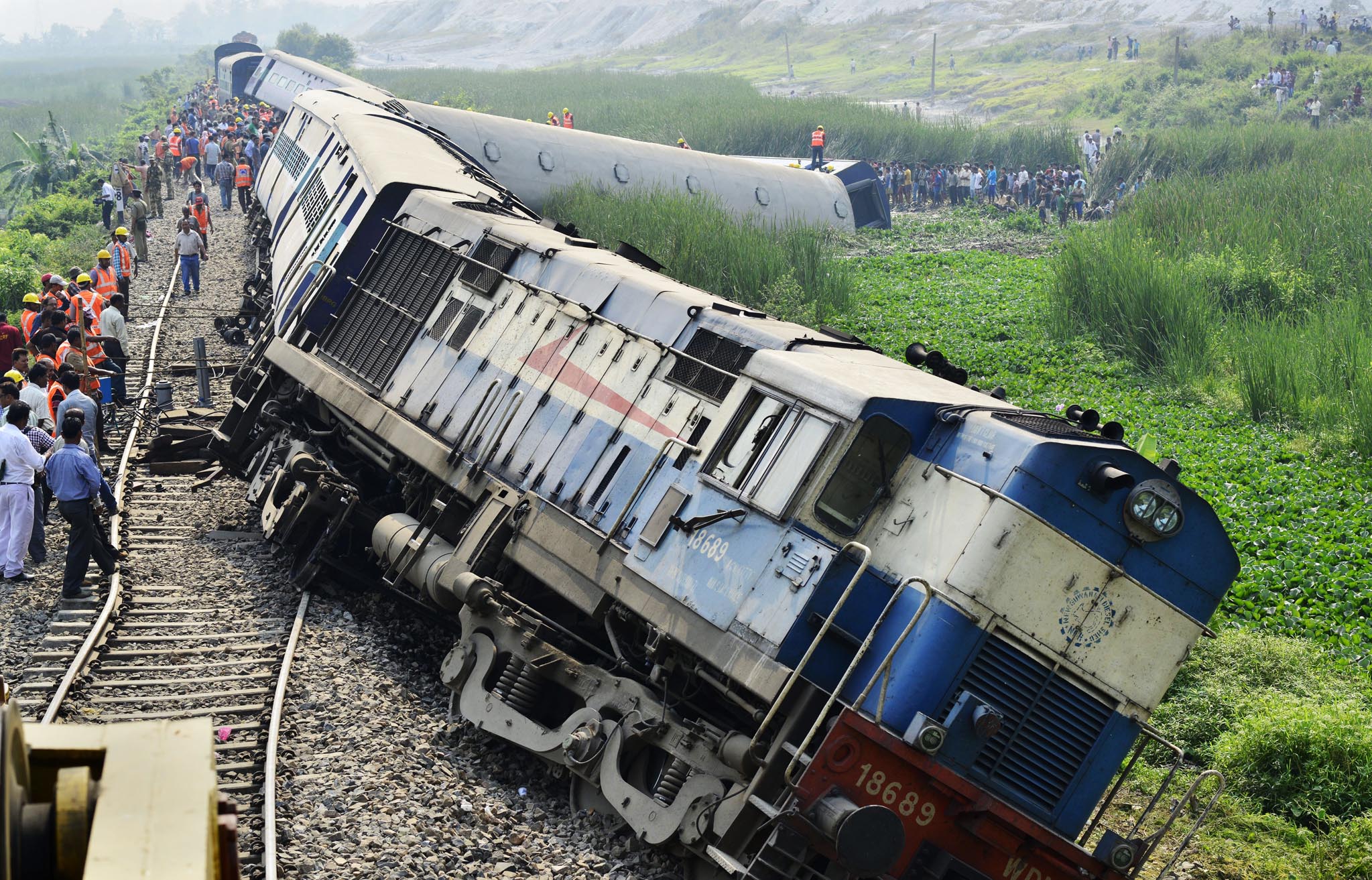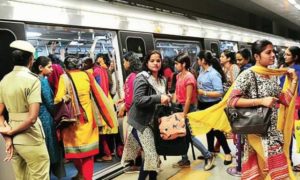
Derailments have plagued Indian Railways for as long as the railways have served this nation.
For example, in 1960 there were 2,131 rail accidents, out of which 1,415 were derailments. The huge number of accidents imply that on an average, there were about 6 accidents a day. And this was four years later after Lal Bahadur Shastri tendered his resignation as railway minister (resignation dated November 27, 1956) due to Ariyalur Train disaster which claimed 144 lives.
This only goes to show that one of the noblest acts in Independent India’s polity that of owning full moral responsibility for a train accident which should have spurred the railway officials to better safety standards had no effect on the actual railway safety. As a matter of fact, between March 1961 and March 1971 we had 10,664 derailment incidents.
However, if we study the number of derailments in recent years as in the table below, it seems things are improving:

But this data hides one scary fact. Of the total 106 accidents (64 Derailments) in 2015-16, only 2 were a result of equipment failure. Railways found 38 cases to be caused by laxity of its own personnel, while 53 were blamed on human errors beyond railways control or responsibility.
In the previous year while there were 131 accidents only 4 were equipment failure while 53 were caused by the failure of its personnel to do their duty.
The figures out here showcase that almost all equipment of Indian railways is running at hyper-efficient levels, the human element is the causing most of the derailments.
And this human element is shielded by unions against any modernisation that takes up automation in a big way.
Consider the following press note by Delhi Metro Rail Corporation:
“Train services on Line-2 (Samaypur Badli to HUDA City Centre) were briefly affected today due to signalling issue in a Train, which was going from Samyapur Badli to HUDA City Centre. This was caused by signalling problem in this train as it reached Model Town station, leading to the application of Emergency Brakes, which was behaving erratically as the train moved towards Rajiv Chowk station. This resulted in slow movement of this train leading to bunching of the trains behind on the Line between 8:14 AM to 9:10 AM. Metro trains are designed to be ‘fail-safe’ to ensure the safety of the passengers and brakes are applied automatically by the system when such errors occur. “
If such an automatic braking were to be deployed by rakes of Indian railways, we do not see how human error would be in a position to cause accidents.
Hence we can conclude it is possible to further reduce the number of derailments using technology that is already deployed in India. It is only a matter of a firm decision by the Railway ministry. Else we will keep seeing images like above in our newspaper and online headlines.





